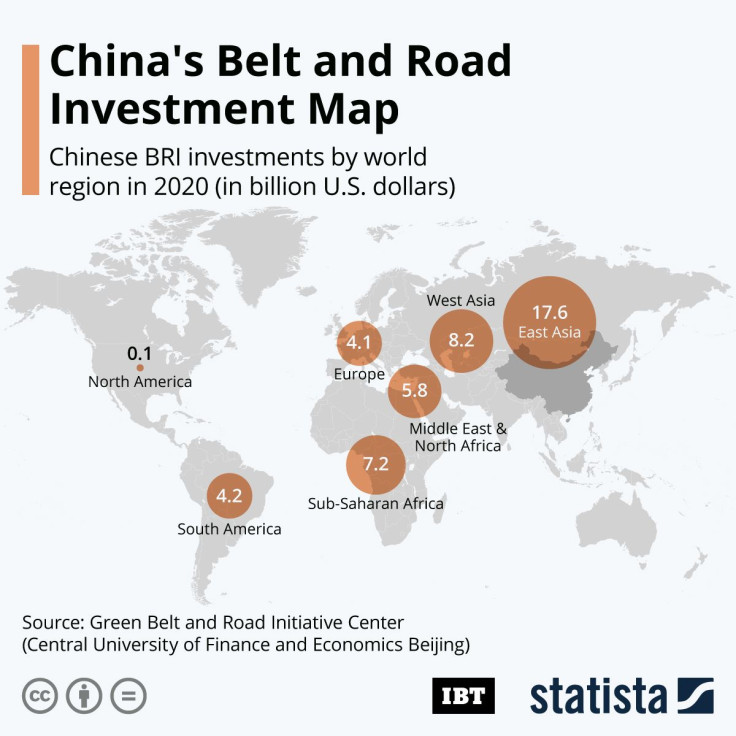Infographics: China's Belt And Road Investment Map

At the G7 summit in Cornwall last week, the bloc’s members adopted a new global infrastructure investment plan to counter China’s infamous Belt and Road initiative. The plan has a focus on climate-friendly investments, but that doesn’t put the Build Back Better World Partnership ahead of China either.
According to the Financial Times, China invested more in renewable energy through Belt and Road than in traditional energy sources in 2020 for the first time. Almost 60 percent or $11 billion of the energy investment budget went towards green energy. Energy investment is the biggest item in China’s BRI budget, making up $20 billion in 2020, followed by transport at $14.6 billion. In line with China’s strategy of dual fossil and renewable energy growth, investment in coal nevertheless increased to 27 percent of the energy budget in 2020 – up from 15 percent in 2018.
According to the Green Belt and Road Initiative Center at the Central University of Finance and Economics Beijing, most of the investments stayed in Asia, with the regions East Asia and West Asia together receiving $28 billion in investments in 2020 – more than 50 percent of the total. Africa received another 15 percent – or around $7 billion.
The initiative focuses on developing countries, which often go into considerable debt to China for infrastructure projects and other loans. According to Silk Road Briefing, 68 percent of Chinese BRI were considered medium risk as a result, while another 28 percent were considered high risk. Especially countries in Africa have experienced rising debt to China in the past years, among them the Democratic Republic of the Congo, Djibouti and Angola. The list of the biggest creditors to China also includes Angola, Kenya and Ethiopia as well as Pakistan and Laos. Until 2024, major debt servicing obligations are coming up for the DRC, Angola, Cambodia, Djibouti and Tonga. Debt forgiveness has so far only made up 2 percent of BRI debt owed.




















